Eat like this
The best diet for your heart
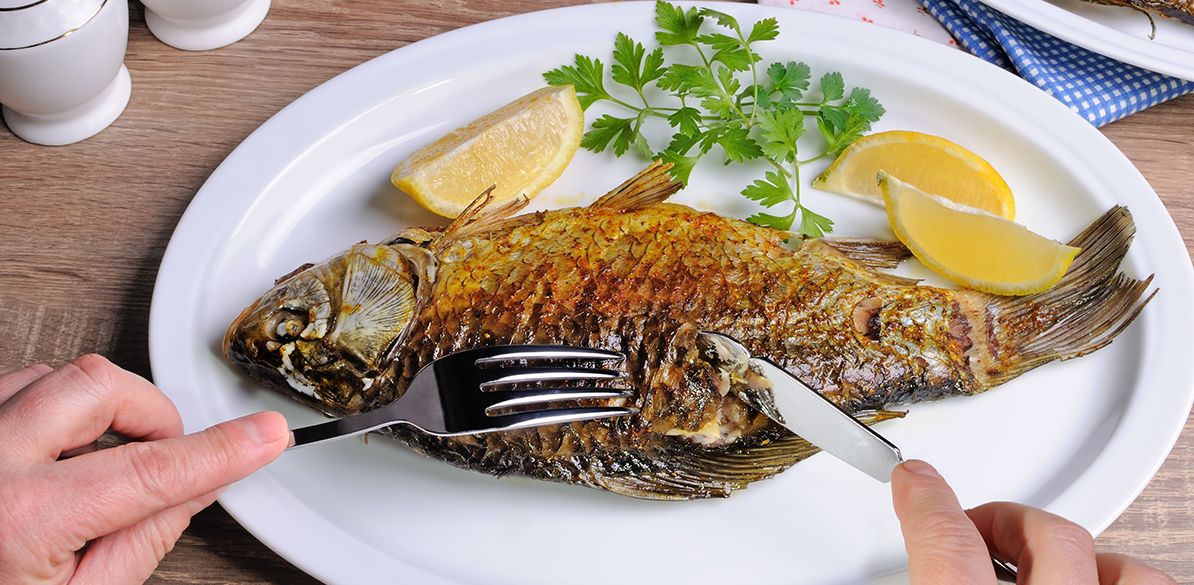
Recommended food
Include these ingredients in your shopping cart and use them to make delicious and healthy dishes.
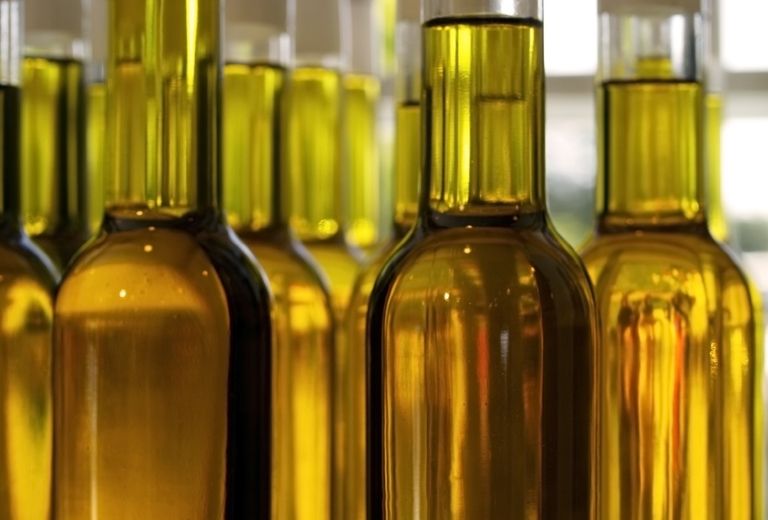
Olive oil
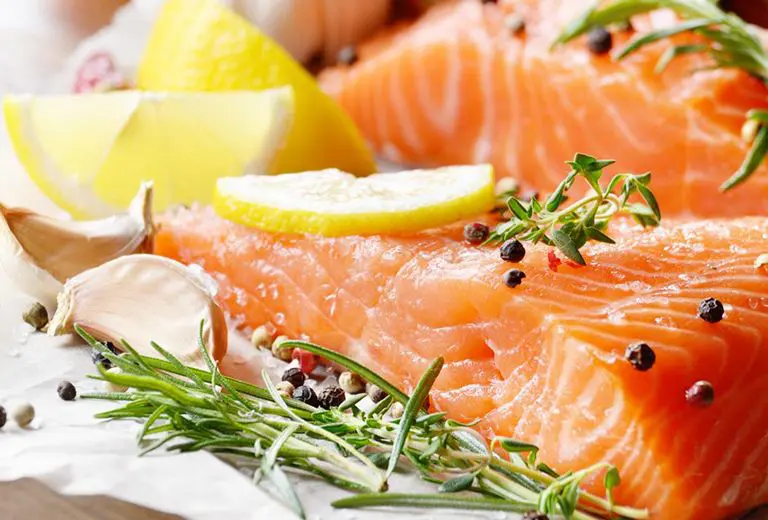
Blue fish
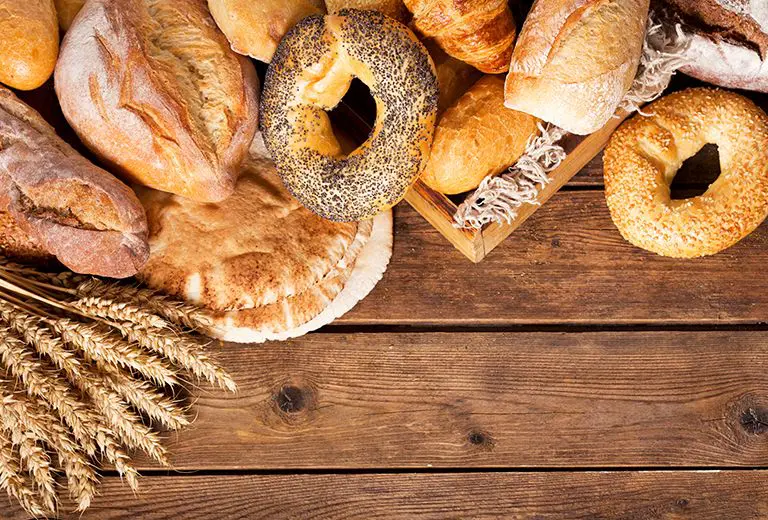
Whole grain cereals
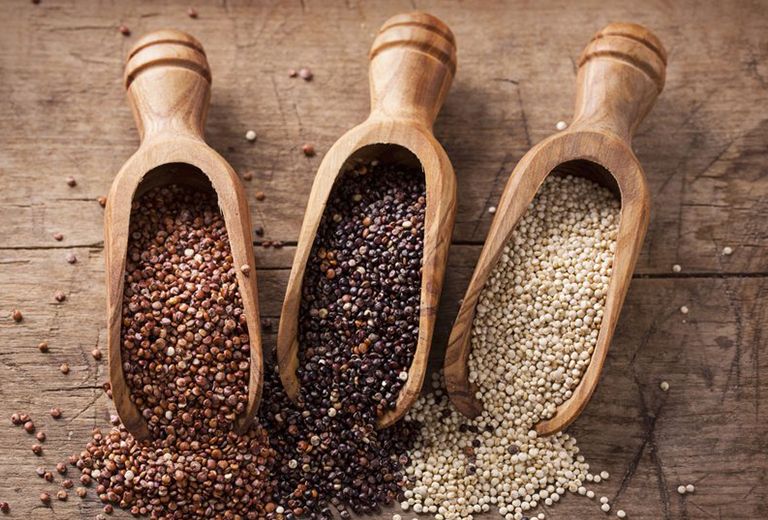
Pulses
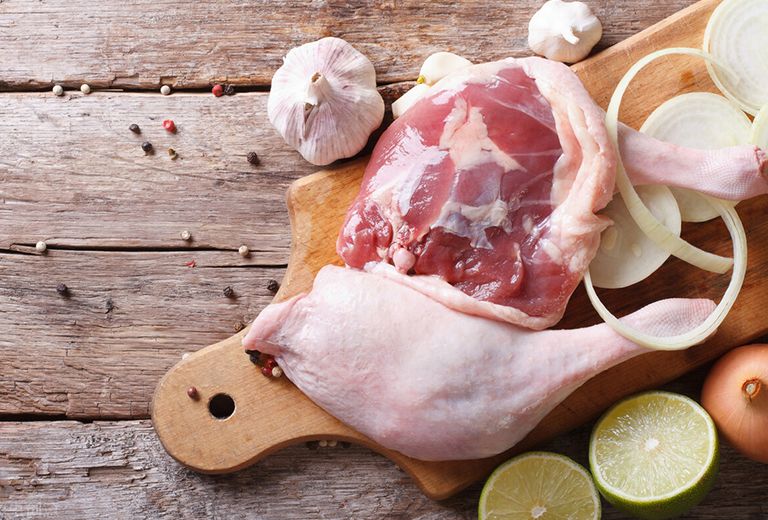
White meat
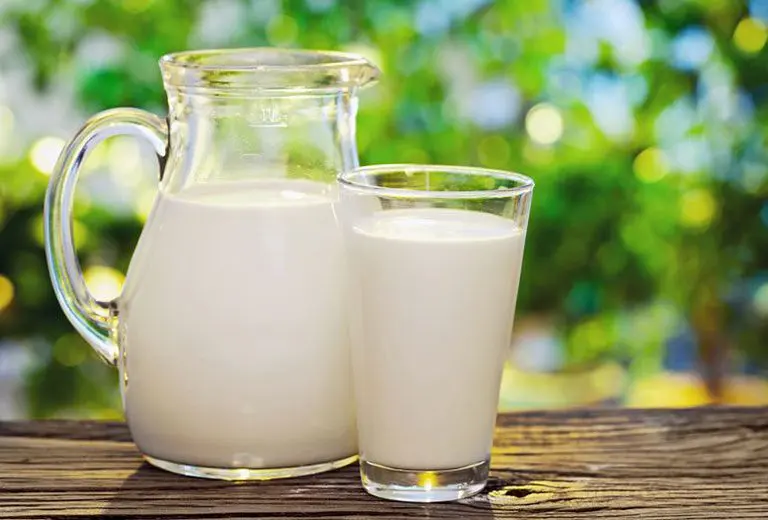
Skimmed dairy products
«57% of Spaniards do not eat vegetables every day, while 62% do not eat fruit every day.»
Source: National Health Survey 2011-2012

White fish
White fish is high in protein and low in fat and glucose, which helps reduce the risk of hypertension and diabetes.
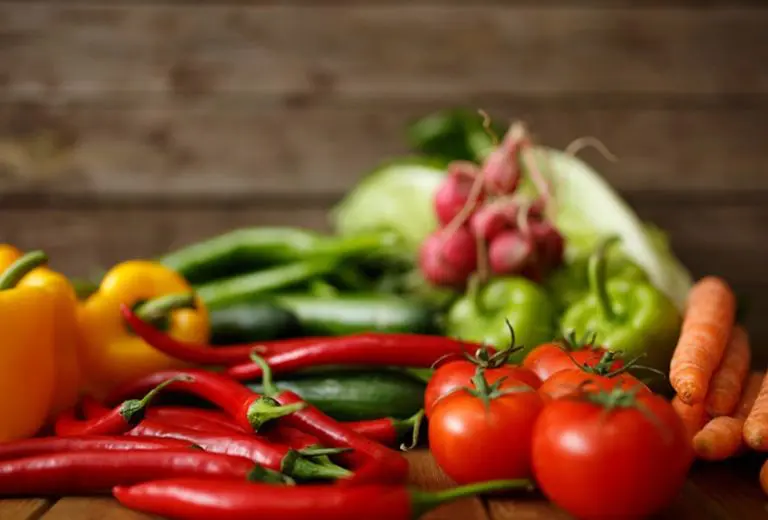
Vegetables and greens
Low in calories and fat, they provide carbohydrates and proteins. They have a high fiber and water content, and provide a wide variety of vitamins, minerals and trace elements.The potassium they contain helps regulate blood pressure.
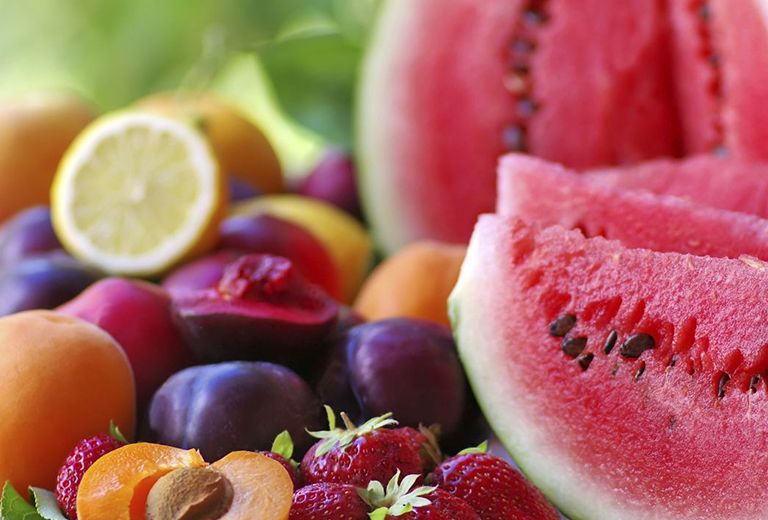
Fruit
Fruits are rich in vitamins and minerals, carbohydrates, polyphenols and flavonoids that have antioxidant properties. They provide fiber, and most of them have a high water content.
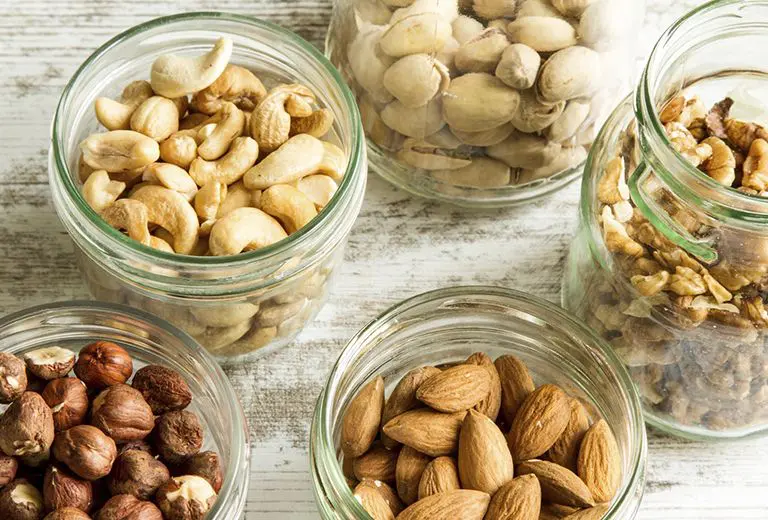
Nuts
They reduce the risk of suffering cardiovascular diseases due to their high percentage of unsaturated fatty acids, which favors the reduction of cholesterol. They are also rich in fiber, proteins, vitamins, folic acid and minerals. Eat them raw instead of fried and salted.
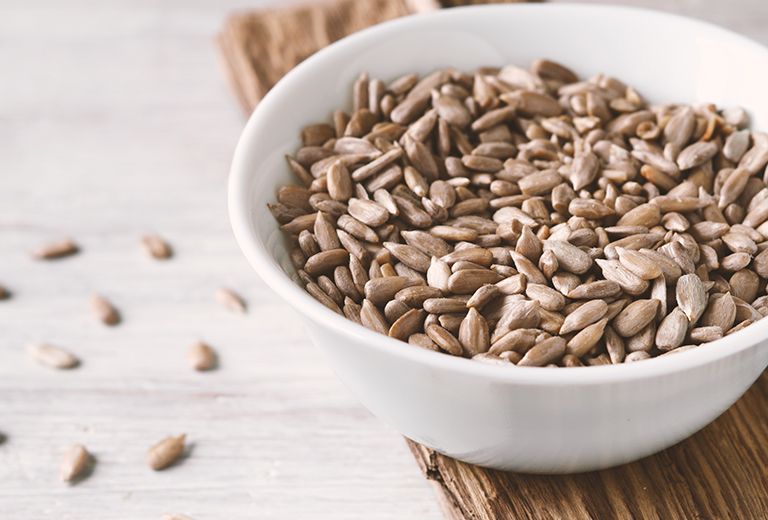
Seeds
Some seeds, such as flax seeds or pumpkin seeds, are rich in omega-3 and antioxidant vitamins. They help reduce cholesterol levels and prevent cardiovascular diseases.
Eat in moderation
The key is not to eat too many. You can eat them, and even treat yourself from time to time. But don´t eat too many!
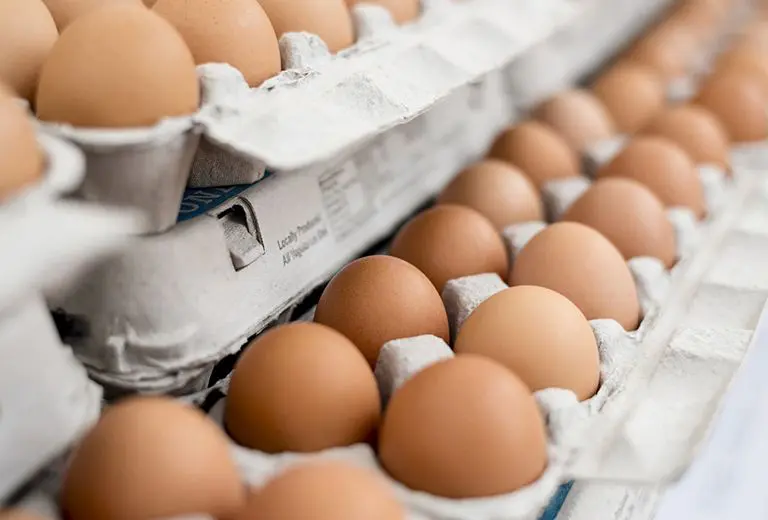
Eggs
Recent studies indicate that healthy people can consume one egg per day without an increased risk of cardiovascular disease. In the event of high cholesterol or diabetes, it may be necessary to limit consumption. Eggs have a high nutritional value; the yolk is a natural multivitamin that also contains choline, essential for brain and liver function.

Pastries
The trans and saturated fats contained in cakes and pastries raise LDL cholesterol levels and lower ‘good’ cholesterol, making them cardiovascular risk enhancers. Their high sugar content increases the calories you consume.
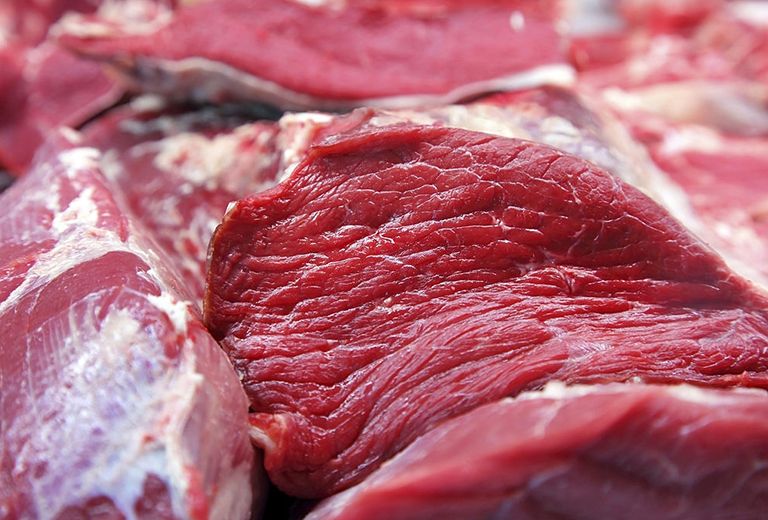
Red meat
Although they contain more zinc and iron than white meat, red meat is rich in saturated fatty acids, which increase cholesterol levels, thus favoring the appearance of heart disease. But don’t panic: if you do not overdo it, they are even good for your health.
«In Spain more than half of adults (54.4%) are overweight.»
Source: National Health Survey 2017
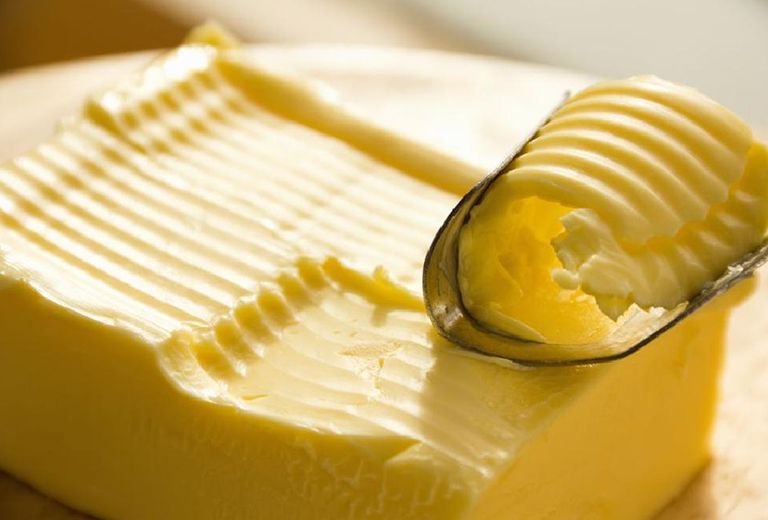
Dairy fats and processed products
Avoid cured cheeses, butter, salted margarine and non skimmed dairy products, as they are one of the major sources of saturated fats in our diet. If you can, replace them with fresh cheeses and skimmed dairy products. Stay away from processed dairy products with high sugar content.
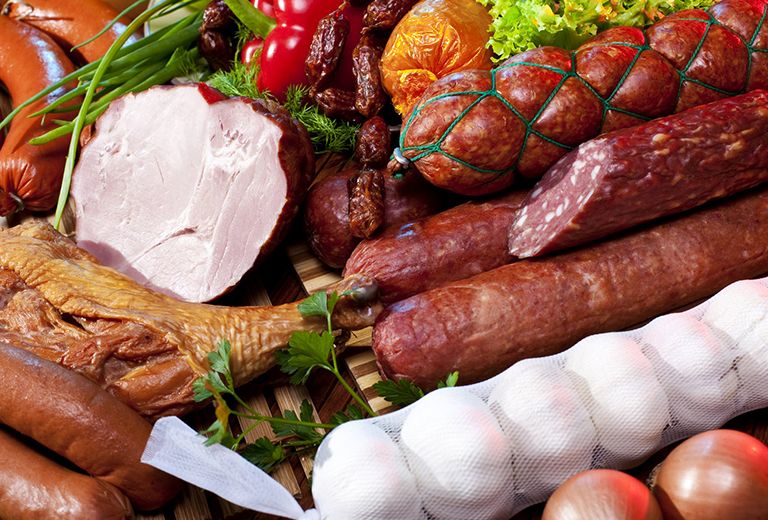
Cold meat
Avoid meat derivatives, as they are high in salt and saturated fats that can lead to obesity, diabetes, cholesterol and hypertension.

Processed food
Do not overdo it with cookies, snacks, sugary drinks, fried foods and industrial sauces, all of which are high in salt, sugar or fat.
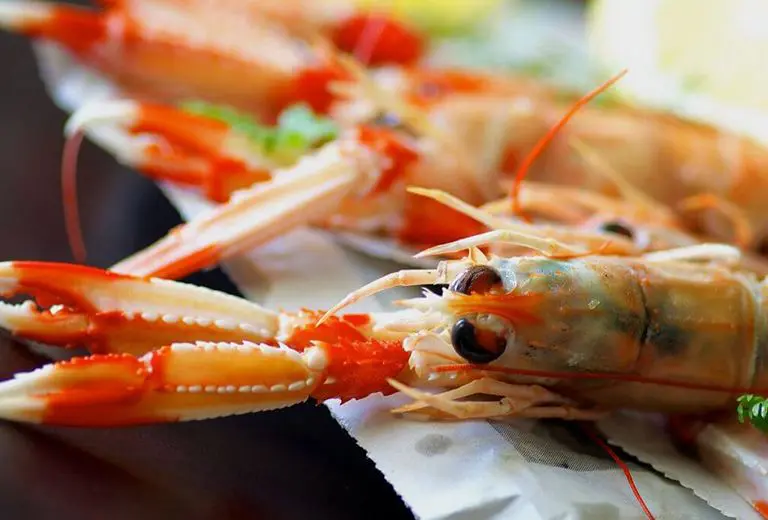
Seafood
You don’t have to forget about crustaceans forever. But if you have high cholesterol, try not to eat too many shrimps, prawns, lobsters, crabs and the like. You should not overeat squid, octopus and cuttlefish.
Salt, only the necessary
Excess salt causes hypertension. Control the quantity and stay away from this threat.
Did you know that our perception of what we consider “salty” is shaped over time by our habits?Here’s the good news, we can get used to eating with less salt. But the first thing we should ask ourselves is what salt is: it’s made up of 60% chlorine and 40% sodium. But not all the sodium we ingest comes from salt. It also comes from additives and preservatives found in processed food. So, apart from watching how you handle the salt shaker at the table, you must watch the food you choose at the supermarket.
Why is salt necessary?
Just because we talk about moderating salt consumption does not mean that this additive is not necessary for our body to function properly. In fact, we need it for specific functions:
- To regulate the liquids in our body and balance the blood’s pH.
- To hydrate the body’s cells
- To assist in the transmission of nerve impulses and muscle relaxation
However, there’s a number you shouldn’t forget: the daily amount of salt recommended for our organism. According to the World Health Organization, the ideal amount for maintaining a healthy life would be to consume an average of 5 grams of salt per day, which is equivalent to one teaspoon of salt or 2 grams of sodium per day.
Why can’t we overdo it?
According to data collected by the Spanish Agency for Food Safety and Nutrition, the Spanish population eats an average of 9.8g of salt per day, which is much higher than the recommended amount. These are some of the effects of too much salt in our organism:
- The kidneys cannot sustain the balance of sodium stored in our body and it accumulates in the blood, attracting water and increasing the volume of blood circulation.
- The heart needs to work harder than normal to circulate blood through the body and this raises blood pressure.
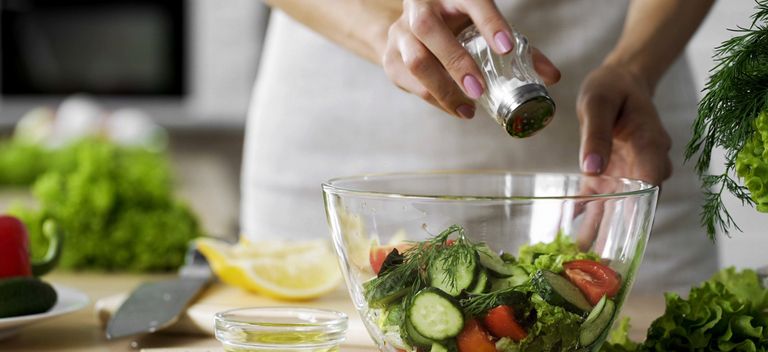
The Spanish population eats an average of 9.8 g of salt per day, which is much higher than the recommended amount: 5 grams per day.
Risks of over-salting
The main danger of excess salt is heart failure or heart attack. Overdoing it with salt directly affects the heart muscle, which you are depriving of its capacity to pump the blood your body needs. In addition, it can cause strokes or cardiovascular accidents, promotes obesity or being overweight, damages the renal system, increases fluid retention, favors the appearance of some types of tumors (such as stomach cancer, as it can cause ulcer injuries and infections), hinders the respiratory system and increases the risk of osteoporosis.
How can we reduce salt?
We bet you think this salt thing has nothing to do with you, because you’re not the kind of person who uses large amounts of salt when cooking, and you don’t live glued to the salt shaker either. But this salt we are talking about, known as visible salt, only represents 20% of the total daily salt intake. 80% of the total daily salt intake comes from invisible salt, which comes naturally from food, and is added in processed foods (ready meals, cheeses, sausages, cereals, snacks). This is salt we can reduce. The main objective is to control the salt in each product. To do so, look at the nutritional information on the labeling and overdoing it with salt directly affects the heart muscle, as you are reducing its capacity to pump the blood your body needs.
Tips to eat with less salt
At the supermarket
- Look at which food and beverages have added sodium or salt. You’ll be surprised.
- Compare and choose the brand that uses the least amount of salt when manufacturing the food.
- Include more fresh food and vegetables in your diet.
At home
- Add salt when the food is on your plate, not when cooking.
- Replace salt with spices to add flavor to the dish.
- Wash canned vegetables and pulses before eating them.
At a restaurant
Ask for the sauce and dressing on the side, so you can add the amount you like once you have tried the dish, so it´s not too salty.
